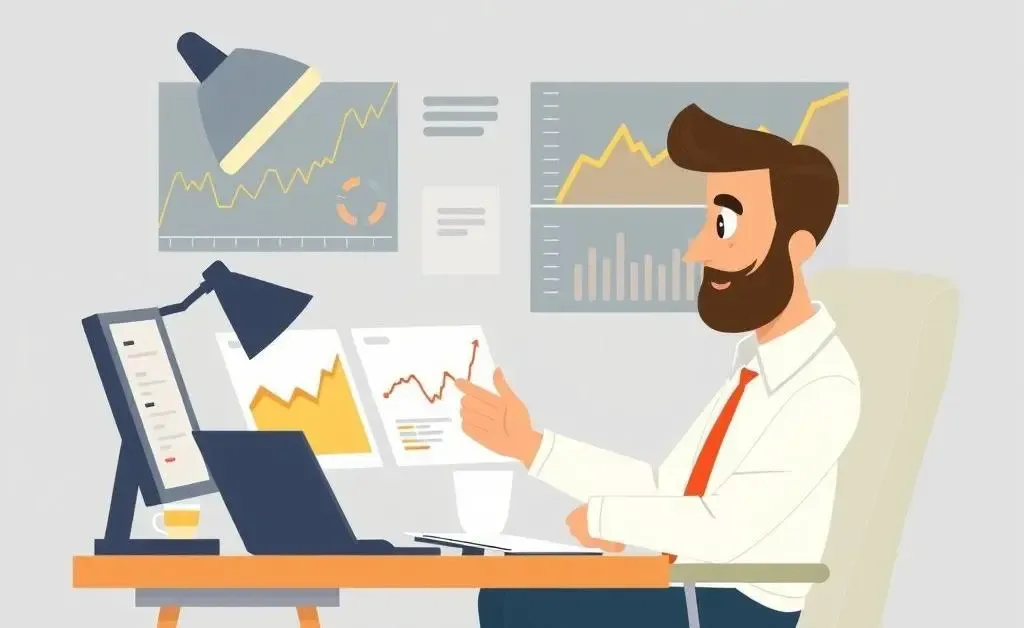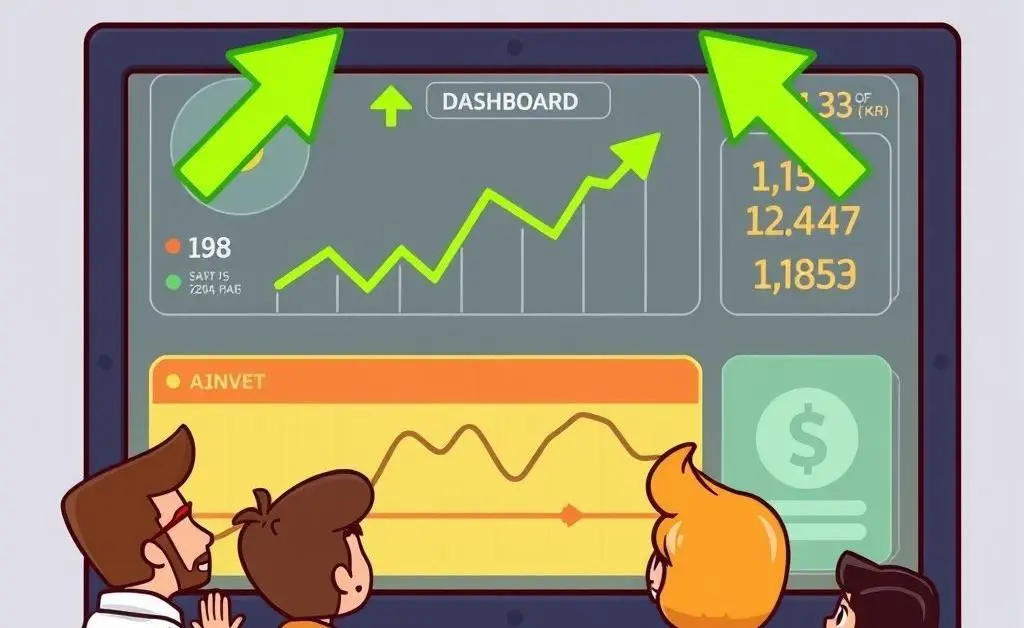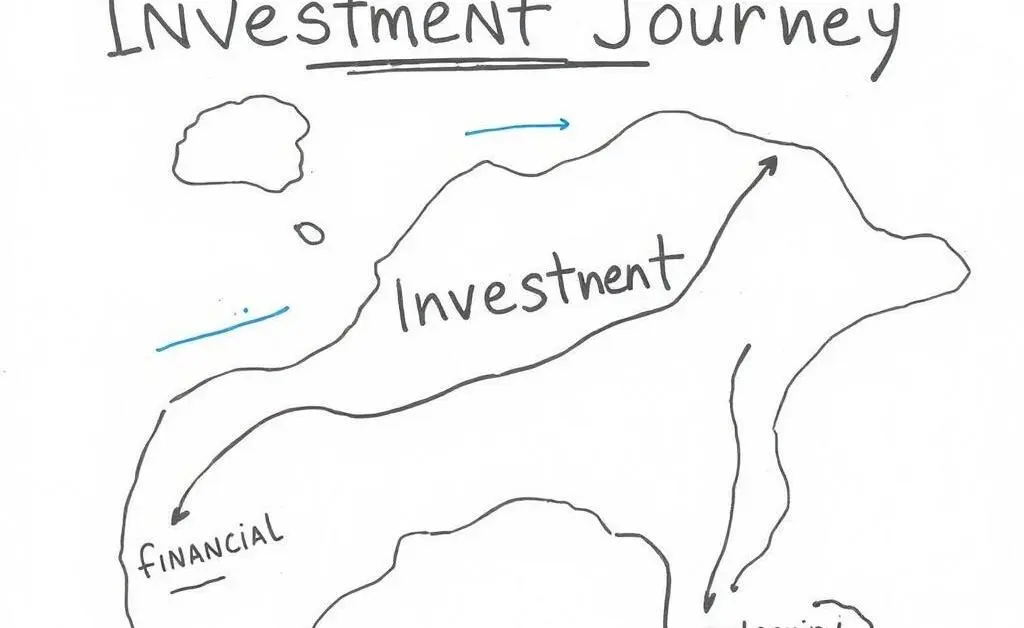Understanding Stock Buybacks: A Gentle Guide to Smart Investing
Explore the world of stock buybacks and their impact on investing.

Hey there! Let’s talk about something that might sound a bit mysterious at first—stock buybacks. Imagine you’re sitting with me, enjoying a warm drink, as we unravel this financial concept that’s been buzzing around in the investment world.
What Are Stock Buybacks?
Stock buybacks are when a company purchases its own shares from the market. The objective? To reduce the number of outstanding shares, often leading to a higher stock price. Now, if this sounds a tad confusing, picture it like this: by buying back shares, the company makes each existing share a little more valuable, like shrinking a pie to make each slice thicker and tastier.

Why Do Companies Opt for Buybacks?
Think of buybacks as a company giving itself a pat on the back when cash reserves allow for it. Common reasons include:
- Boosting Share Prices: Fewer shares usually mean higher earnings per share, enticing for investors!
- Flexibility: Unlike dividends, which commit to regular payouts, buybacks can happen as needed.
- Market Confidence: Buying back shares can signal to the market that the company is confident in its future.

Potential Downsides to Consider
While buybacks can seem like a win-win, it’s important to be mindful of some potential drawbacks:
- Mismanagement of Funds: There’s a risk if companies use money that could’ve been better spent on innovation or debt reduction.
- Short-term Gains: The focus can shift temporarily to short-term stock price boosts rather than long-term company growth.
How Do Buybacks Affect You as an Investor?
As with many things in the investment world, it's all about context and the bigger picture. If you’re considering investing in a company with an active buyback program, take a peek at the motivation behind their decision. Is the company maintaining a balance between rewarding shareholders and fuelling growth?

Reflecting on Your Investment Strategy
At the end of the day, buybacks are just one piece of the financial puzzle. It’s worth exploring them as part of your broader investing adventure. Consider your financial goals and comfort levels when deciding if stocks with buyback programs fit into your portfolio. Remember, investing is a journey—one that can be as simple or intricate as you choose. And sometimes, the best insights come during a quiet chat over tea.




